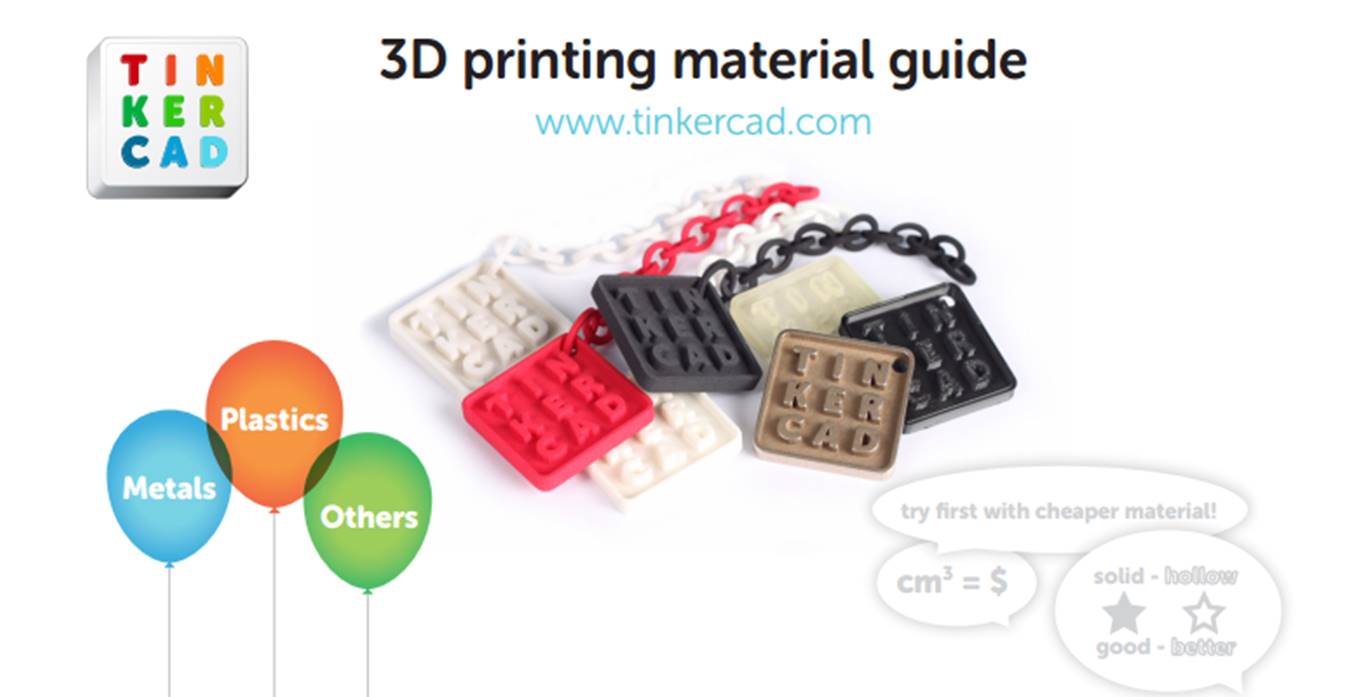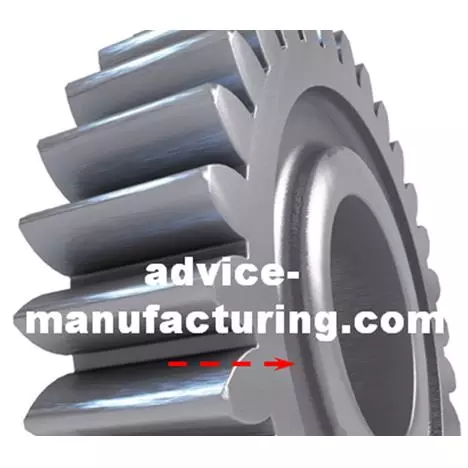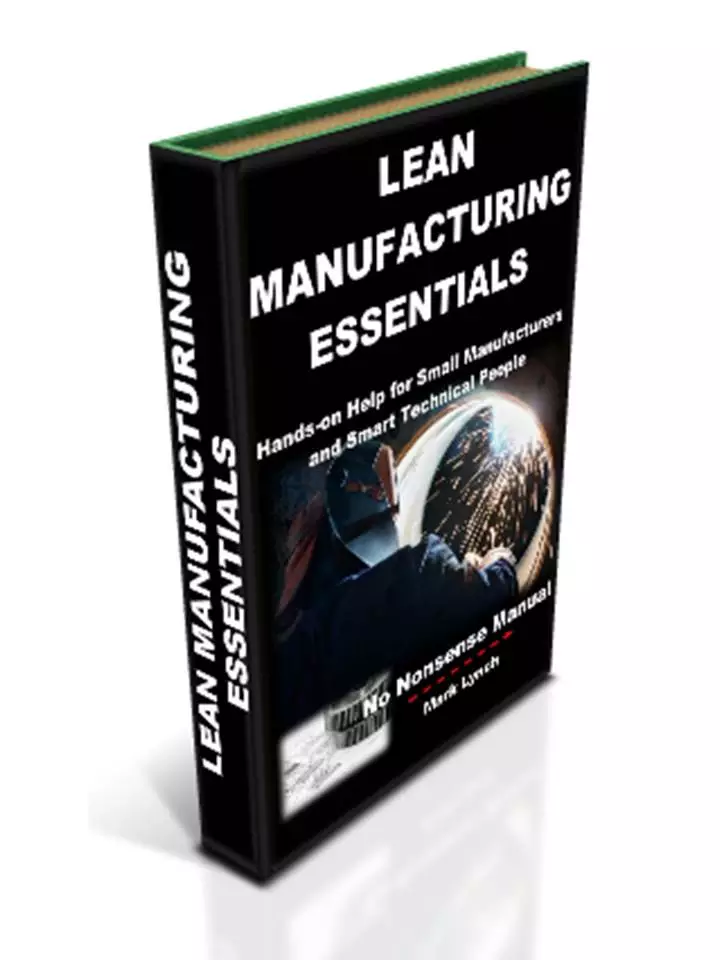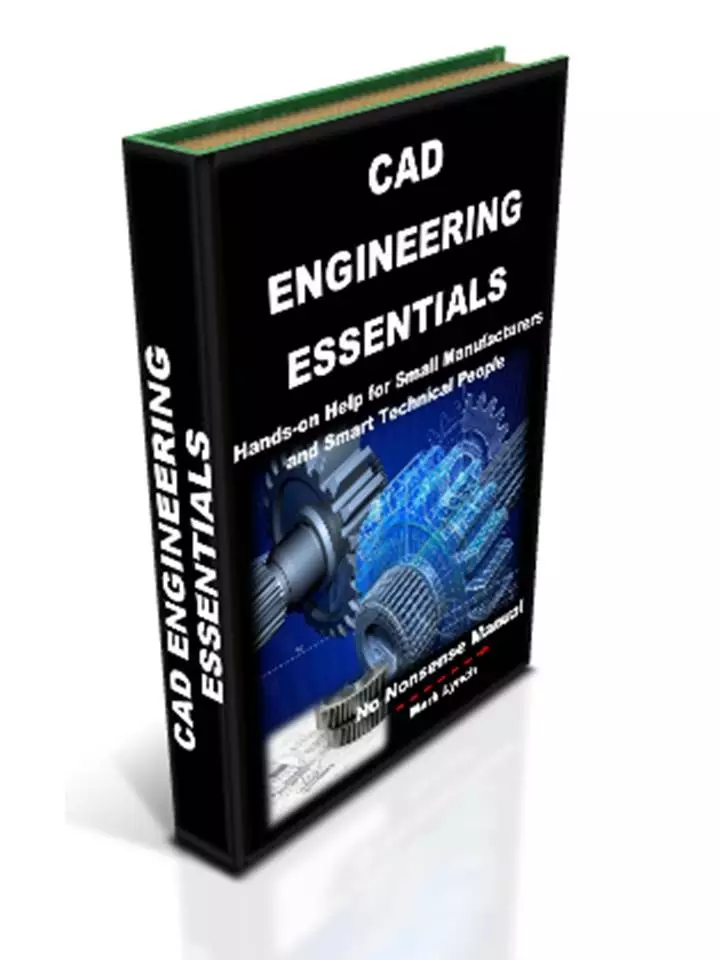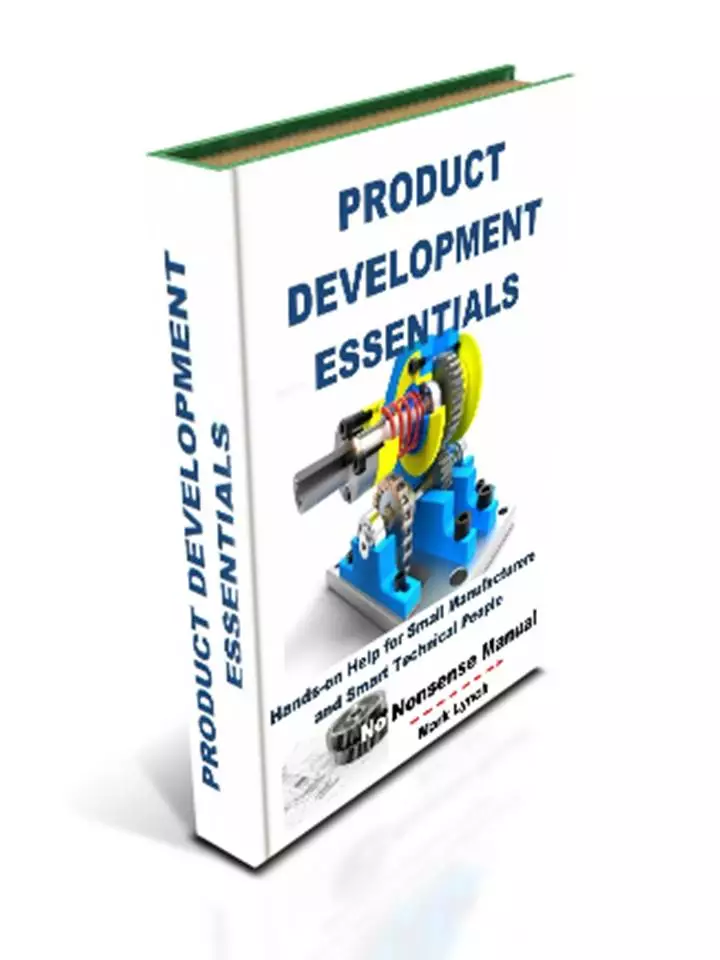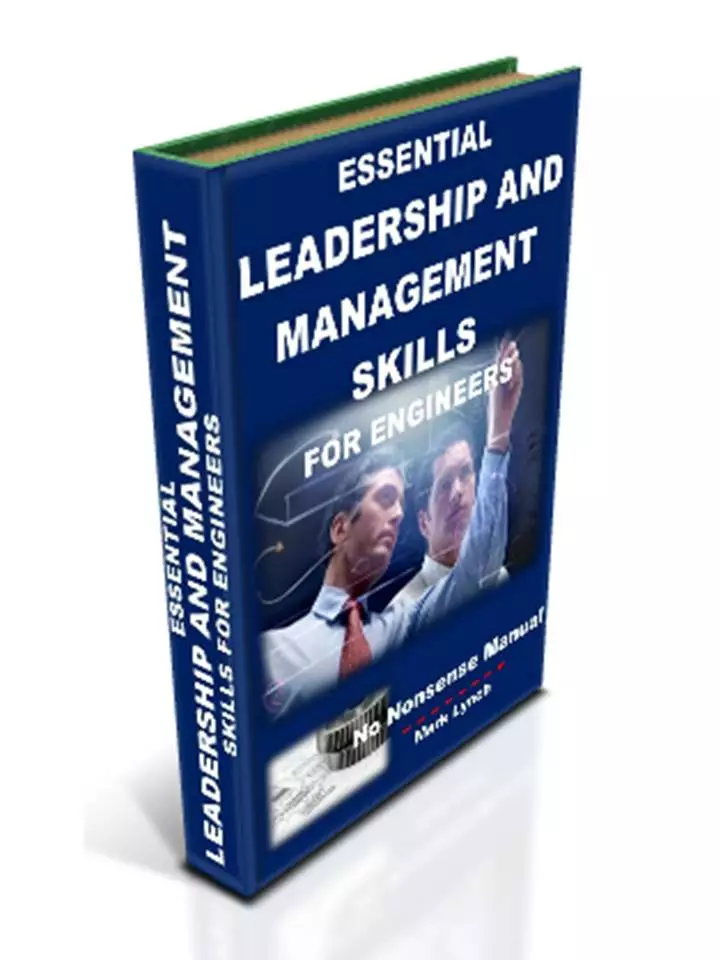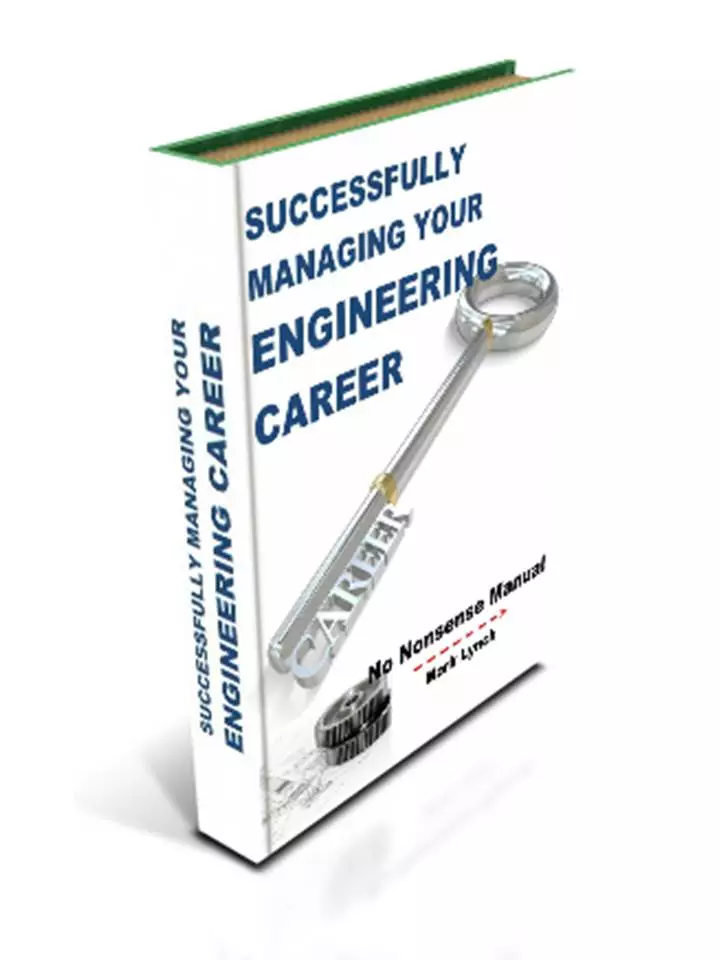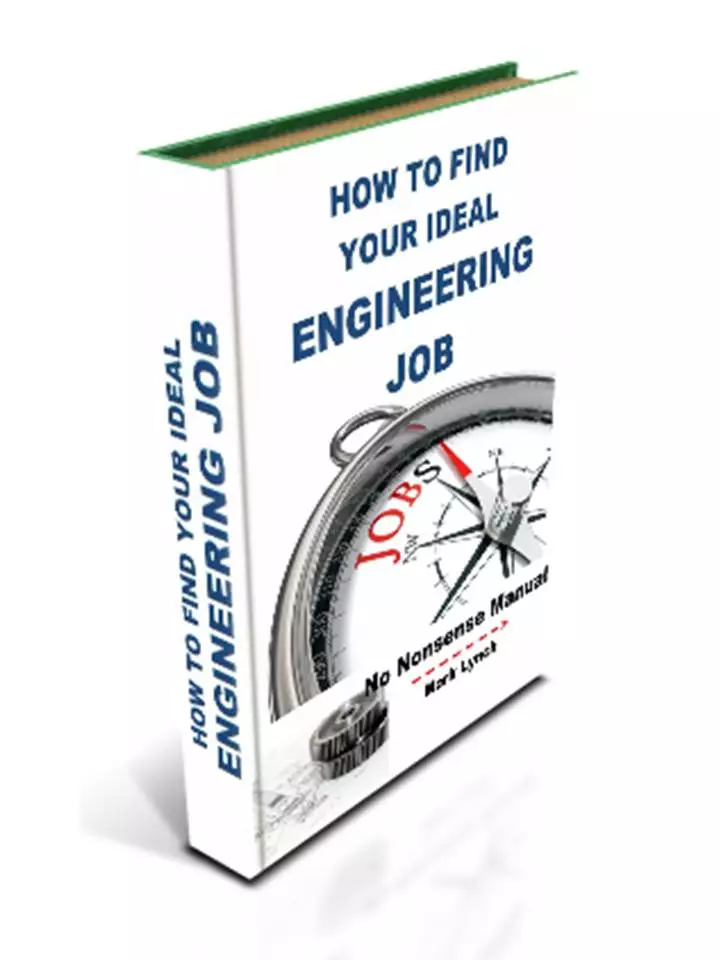'Hands-on Help for SMEs' and Smart Technical People'
3D Printing Materials
Selecting the Right Option for Great Components
Fully Understand the range of options available inc polymers, metals, carbon fibre, paper and many more - together with typical applications
3D Printing Materials
Advances in 3D printing have been staggering in recent years, with the range of applications appearing to grow by the week. For engineers and manufacturers it can be difficult to keep up! The range of 3D printing materials available is growing too. This page provides a useful, practical explanation of the common and not so common materials available for selection.
Additionally, a variety of corresponding 3D printing manufacturing processes are explained to help engineers and technical people like you make the right choice based on the function you are trying to achieve.
The range of materials now available is large and constantly growing. In fact the materials science developments in 3D printing are rapidly progressing in a way that is making prime manufacturers take note and invest heavily in R&D. Smart SMEs in the supply chain are paying attention!
You'll find information here on numerous polymers, various metals and alloys, carbon fibre, paper, ceramics, sand and more.
Different Materials, Material Selection & Manufacturing Processes
3D Printing Material Guide by TinkerCAD
A handy downloadable fact sheet outlining a range of common 3D printing materials, together with facts to assist selection decisions. A variety of plastics, metals and other materials are listed. Other useful information includes minimum wall thickness for each material, strength, colour and how many layers per mm.
3D Printed Materials (Courtesy of Stratasys)
Sam Green of the Stratasys Materials Business Group provides a close-up look at 3 of the company's most interesting 3D printing materials: VeroClear transparent material and Digital ABS material (both from the PolyJet line of materials used on the Objet 3D printers) and the ULTEM 9085 tan thermoplastic material (from the FDM line of materials used on the Fortus400 and Fortus900 production systems). Of particular interest is the use of Digital ABS material for the production of short-run injection molding and blow molding tools to save time and money on traditional steel/aluminium tooling.
Titanium 3D Printing in Action - Electron Beam Melting (EBM) (Courtesy of Netfabb)
Electron Beam Melting is an Additive Manufacturing technology that build part by melting layers of metal powder with a high-power electron beam gun. The video shows the process together with some samples of implants built in titanium.
Continuous Liquid Interface Production (CLIP) which effectively grows objects rather than printing them (Courtesy of Carbon3D)
The CLIP method works in a liquid state using light and oxygen to create solid objects. The result; a new 3D printer that's much faster (minutes rather than hours), more accurate and has higher resolution than other conventional 3D printing methods... more
Create usable rubber seals, gaskets and plugs with 3D printing
(Courtesy of Object Printers: Stratasys)
Two industry firsts - build rubber-like materials with practical shore levels and water-resistance. Print rubber seals already pre-fitted to their intended containers! Using Objet 3D printers.
Alumide - by Shapeways
Alumide is a material made of mixing a polyamide powder with aluminium. The resulting material can be used for Selective Laser Sintering machines. The material is rigid and has a very eye catching quality in sunlight. In this video we show you some 3D printed models made with the alumide material. The models include a mini ferris wheel 3D printed out of one single piece and a ball bearing.
The World's first Carbon Fiber 3D printer - by Markforged
Brilliant ideas need brilliant materials. Designed to overcome the strength limitations of traditional 3D printed materials, the revolutionary Mark One 3D printer is the world's first 3D printer designed to print continuous carbon fiber. Now you can print parts, tooling, and fixtures with a higher strength-to-weight ratio than 6061-T6 Aluminium.
3D Printing using Paper and in Full Colour - by Mcor
3D Printer from Mcor Technologies. This 3D printer produces full colour objects out of ordinary office A4 paper - perhaps the lowest cost of all 3D printing materials. The device recognises standard 3d file formats including .stl .obj and VRML files. The Mcor IRIS prints in more than one million hues simultaneously as it creates photo-realistic physical objects from 3D data.
Ceramic Materials - by Medalta
Medalta (http://www.medalta.org) asked Steve Grimmer of the University of Manitoba to invite artists, designers and researchers to come to Medalta for three weeks in order to explore the two convergent technologies of ceramics and 3D printing. This is a showcase of that time.
Sand casting: Digital production of complex sand moulds by voxeljet
This video explains the full process of rapid prototyping and sand casting offered by voxeljet and Wolfensberger.
Rapid Prototyping and Digital Sand Casting Services - ExOne
Lockheed Martin Files Patent Application for 3D Printer That Prints Diamonds!
Next... Metal 3D Printing Industrial Examples
Back to 3D Printing Additive Manufacturing or CAD Engineering Essentials
3D Printing / Additive Manufacturing... Genuine Transformative Technology or Over-hyped by the media? Have your say...
There's been a lot said about 3D Printing / Additive manufacturing. But for manufacturing industry what do you think its true potential is? And is it starting to fulfil that potential?
Some manufacturers have had tangible results. But what's your experience? We’re interested so please let us know!
- Share your story... and get a FREE copy of our report 'Helping You and Your Manufacturing Business Thrive'...
PS: Feel free to name-drop your firm! There's nothing wrong with a bit of free publicity!
